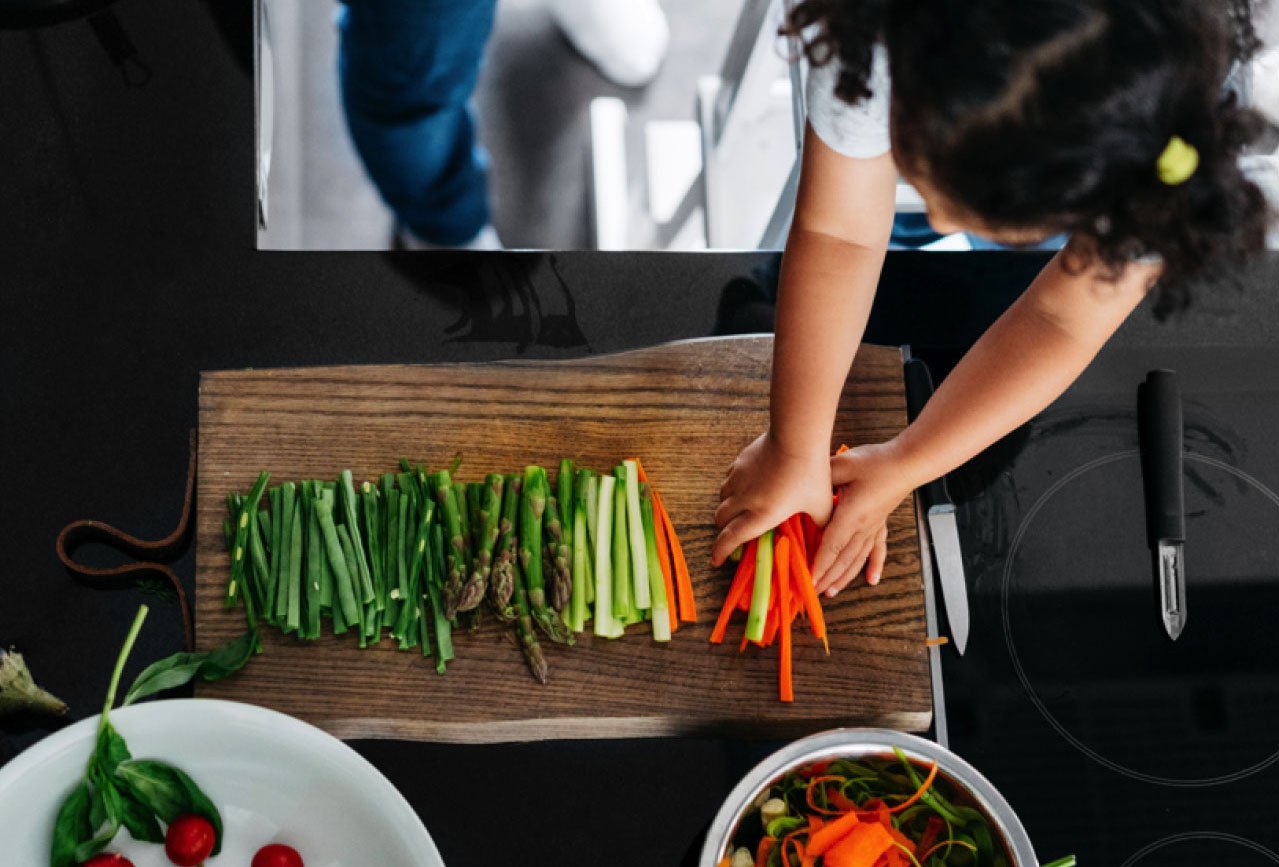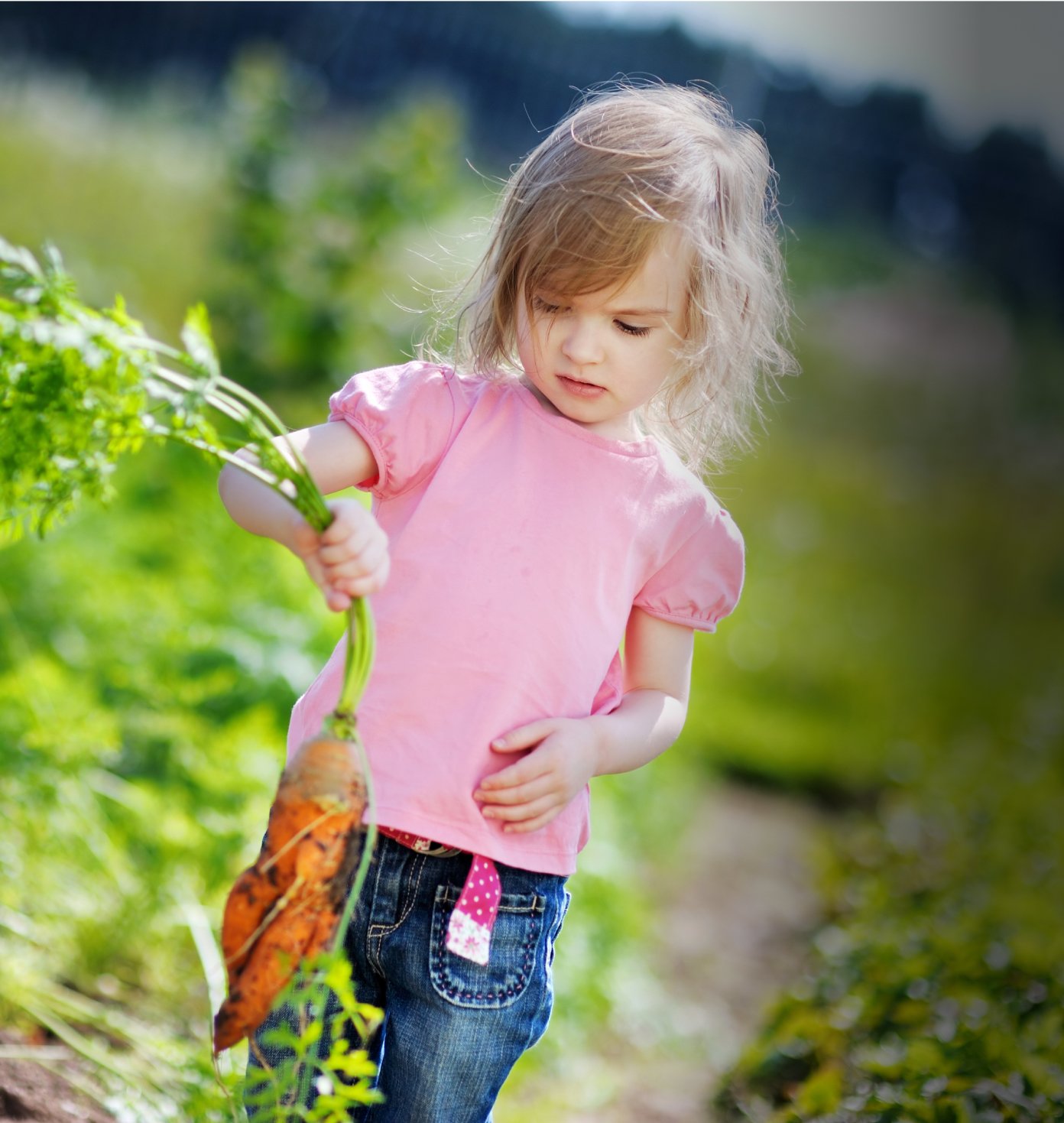For blueberries, number and toxicity of pesticides continue to be a problem
WEDNESDAY, MARCH 20, 2024
Americans are eating three times as many blueberries as they did in the early 2000s.
But worryingly, for the second year in a row, blueberries are 11th on EWG’s 2024 Dirty Dozen™, the element of our Shopper’s Guide to Pesticides in Produce™ that identifies the fresh non-organic, or conventionally grown, fruits and vegetables with the most pesticides.
The 2024 Shopper’s Guide analyzes results of tests conducted by the Department of Agriculture between 2020 and 2022.
Blueberries were last tested in 2013 and 2014, when they had less pesticide contamination. In the USDA’s latest rounds of testing:
- Pesticides were found on 90 percent of conventional blueberry samples, compared to 81 percent in 2014.
- 80 percent of samples had two or more pesticides, versus 70 percent in 2014.
- A single sample of blueberries could have up to 17 different pesticide residues, compared to 13 in 2014.
The most troubling pesticides found on blueberries were phosmet and malathion, chemicals known as organophosphate insecticides. They kill many types of insects and are toxic to the human nervous system, especially children’s developing brains.
Phosmet was detected on more than 12 percent of blueberry samples, with malathion close behind, at 10 percent.
In the European Union, phosmet is not approved for use due to dietary and occupational risks, as well as concerns over harm to the developing nervous system. Malathion is banned for field use because of environmental concerns. Yet in the U.S. the Environmental Protection Agency allows both for use on crops, putting blueberry fans at potential risk.
The EPA’s most recent assessment of phosmet said the chemical shows up at levels of concern in the diets of infants and young children, and blueberries were a major contributor to the estimated exposure. (Other Dirty Dozen fruits, including grapes, apples, pears and peaches, also play a role.)
In 2015, malathion was classified by the International Agency for Research on Cancer as “probably carcinogenic to humans.”
The good news is that phosmet and malathion are detected less frequently on blueberries now than in 2014.
But other concerning pesticides are also often found on blueberries – in many cases, more often than in 2014:
- Boscalid, a fungicide the EPA says may cause cancer, was found on 46 percent of the blueberries tested, compared to 40 percent in 2014.
- Acetamiprid and imidacloprid, two neonicotinoids, were found on 36 and 14 percent of samples, compared to 11 and 7 percent, respectively, in 2014. Concerns exist about the link between these insecticides and harm to the developing nervous system.
- The pyrethroid insecticides cypermethrin and bifenthrin were found on 23 and 19 percent of samples, versus 21 and 8 percent in 2014. These insecticides were thought to be less toxic than the pesticides they replaced, but recent studies suggest they may also harm children’s neurodevelopment and growth.
- Detections of the fungicides cyprodinil and azoxystrobin have also gone up. They were found on 32 and 33 of samples, compared to 29 and 19 percent, respectively, in 2014. Recent studies suggest these could also harm health, but they haven’t been adequately studied.
- The fungicide fludioxonil has also been found with increasing frequency. The recent tests detected it on 24 percent of blueberries, versus 17 in 2014. Recent studies suggest it may harm fetal development, cause change in the cells of the immune system and disrupt hormone activity.
About EWG’s Shopper’s Guide to Pesticides in Produce
EWG's Shopper’s Guide to Pesticides in Produce is a suite of materials investigating the presence of pesticides in foods and the ways they could harm people, especially children – and to help consumers make the best, most informed choices for their families.
We’ve published the guide nearly every year since 2004.
EWG's Shopper’s Guide is designed to support people who would like to minimize their exposure to pesticides. It includes two well-known lists: the Dirty Dozen, or the 12 fresh non-organic, or conventional, fruits and vegetables with the highest pesticide residues, as well as the Clean Fifteen, the conventionally grown fruits and vegetables with very low or no traces of pesticides.
Some pesticides have more data linking them to health concerns than others. These pesticides are particularly concerning for children, who are especially susceptible to many of the health harms associated with pesticide exposure.
The presence of so many different pesticides in foods is also problematic. There’s little data available about how multiple pesticides interact with each other in the body or how such mixtures could compound each chemical’s individual potential health harms. But the data we do have suggests that when chemicals are present in a mixture, they may be toxic to humans at lower levels than when alone.
When regulating pesticides, government bodies also consider them only one at a time. They don’t look at the potential total body burden for consumers.











